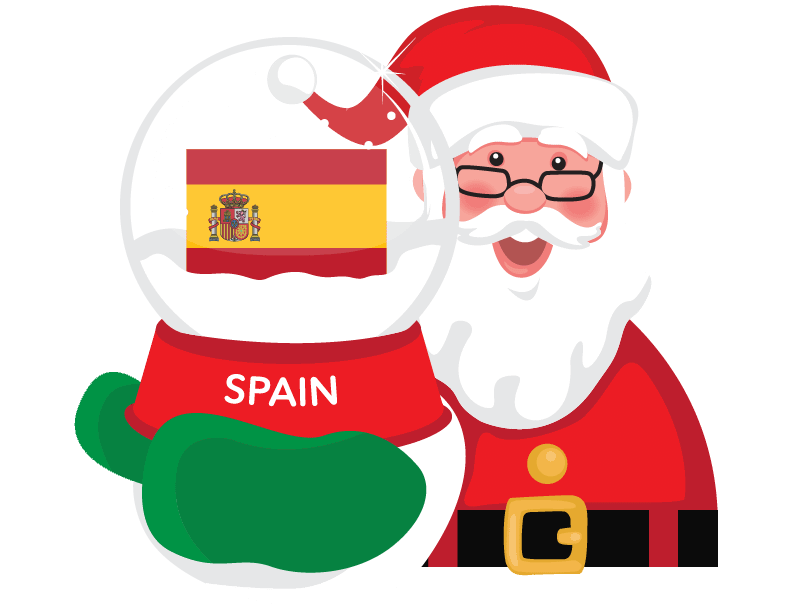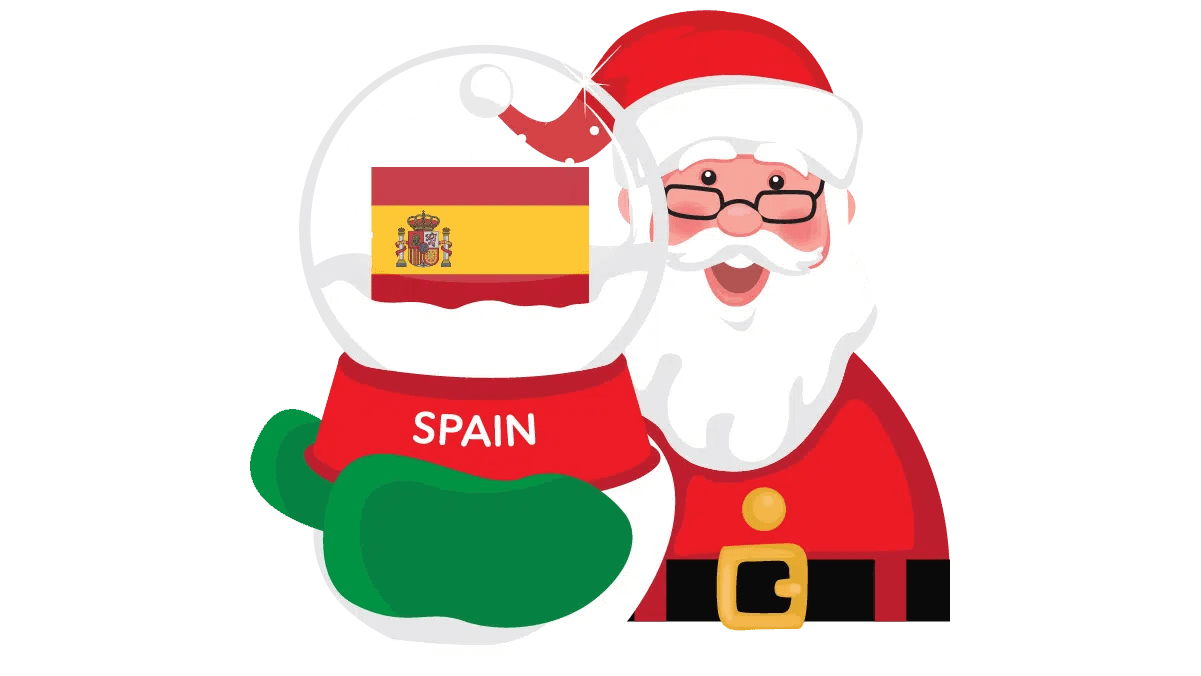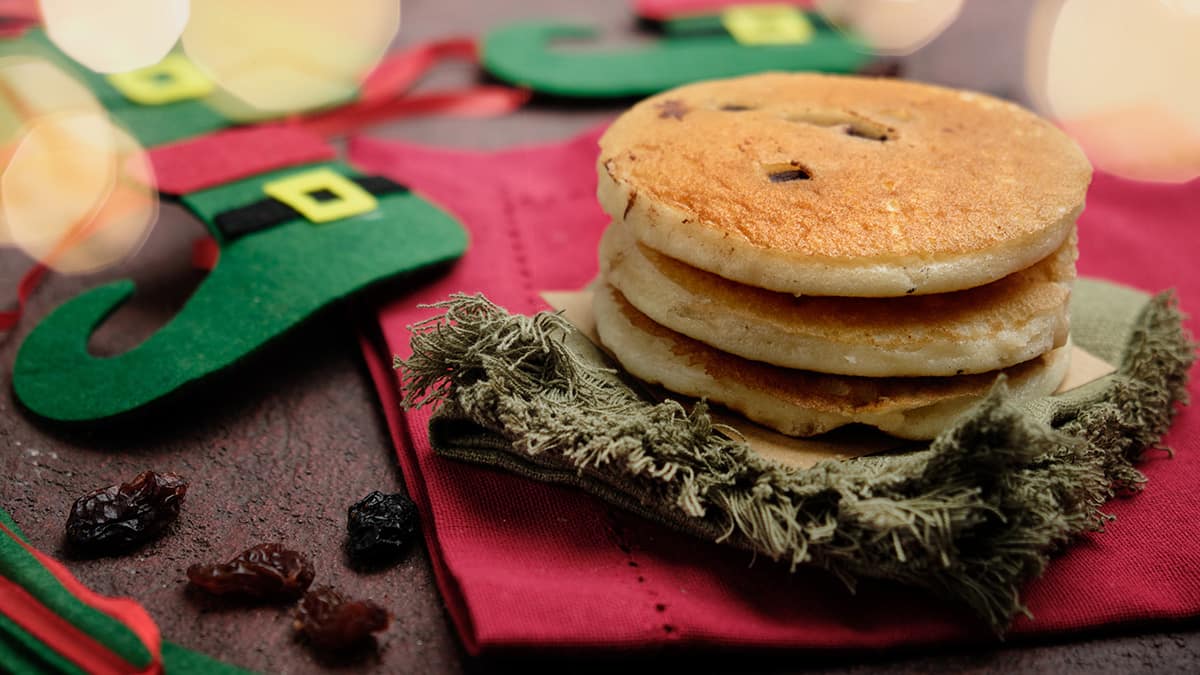Feliz Navidad! Imagine celebrating Christmas in Spain, a country rich in culture, history, and unique traditions. This festive season, embark on a journey to discover the magic of Spanish Christmas celebrations, from the vibrant Christmas markets to the heartwarming nativity scenes and the thrilling El Gordo lottery. Get ready to unveil the secrets of Spain’s regional festivities and mouthwatering delicacies, all while embracing the warmth of this wonderful time of year.
Short Summary
Experience the joy of Spanish Christmas traditions across several festive dates this year!
Explore the magic of Spain’s unique gift-bringers and traditional delicacies.
Get lucky with El Gordo, marvel at Belén decorations & join in on regional celebrations, all leading up to a grand finale with captivating cabalgatas parades in 2023!
Festive Dates to Remember
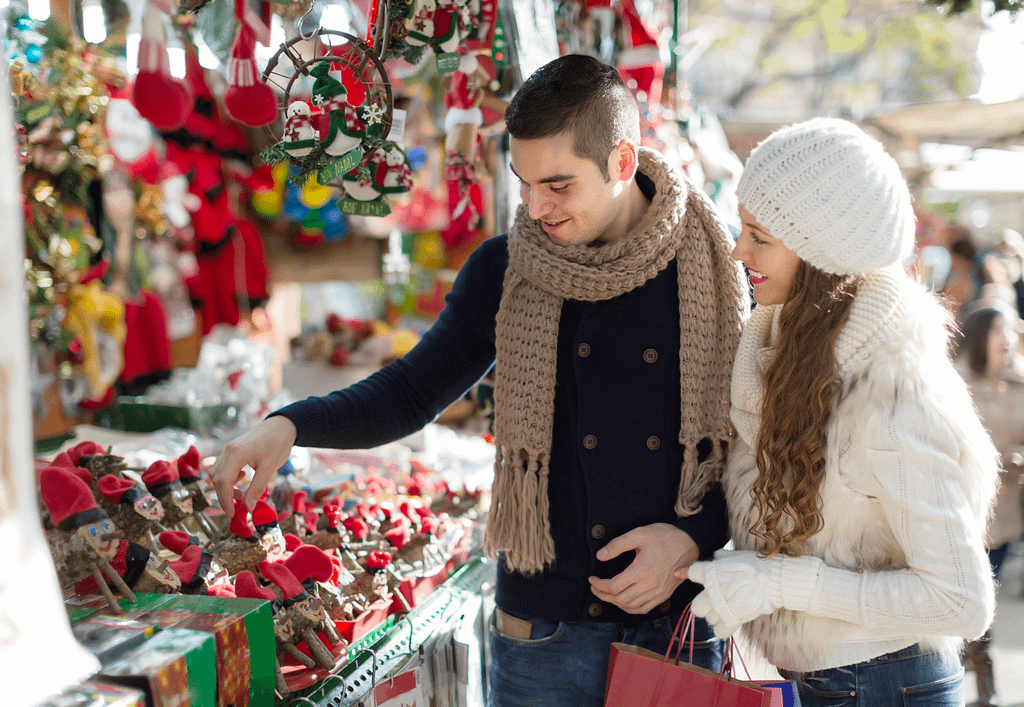
Spain’s Christmas season is filled with delightful events and dates that showcase the country’s rich culture and traditions. The celebration begins on Nochebuena (Christmas Eve) and continues through La Navidad (Christmas Day), Nochevieja (New Year’s Eve), and the grand finale on January 6th, Da de los Reyes Magos (Three Kings Day).
Nochebuena is a night of joy and togetherness, featuring an exquisite Christmas Eve meal, followed by La Misa Del Gallo, a midnight mass that brings families and communities together. The festivities continue with La Navidad, when Spanish people exchange gifts, and Nochevieja, a night of vibrant parties and lucky grapes to welcome the New Year. Finally, the holiday season culminates on Three Kings Day, where the arrival of the Reyes Magos is celebrated with parades, gifts, and the scrumptious Roscón de Reyes cake.
These key dates embrace a variety of Spanish Christmas traditions that vary across the country, from unique decorations and activities to surprising customs that will delight any visitor. In 2023, the excitement is even greater with the return of captivating ‘cabalgatas,’ or parades, that had been canceled in recent years due to the pandemic.
The Magic of Spanish Christmas Markets
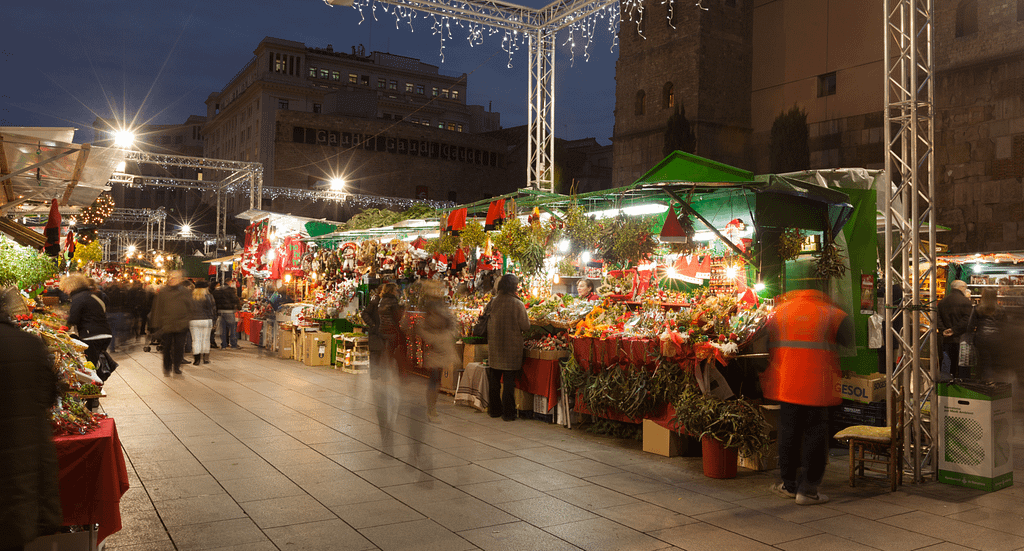
The enchanting Christmas markets scattered across Spain’s major cities are a must-visit during the holiday season. These festive markets offer a variety of sweets, handmade decorations, and unique gifts, perfect for spreading holiday cheer. Fira de Santa Llcia in Barcelona and Feria-Mercado de Artesana de la Comunidad in Madrid are just a few examples of the mesmerizing markets that captivate both locals and visitors alike.
In Valencia, the Feria de Atracciones de Navidad adds a touch of thrill to the festivities with its booths, stalls, and carnival rides. Spanish Christmas markets not only provide an opportunity to cherish the holiday spirit, but also allow you to immerse yourself in the local culture and experience the unique Spanish version of Christmas.
Unwrapping Gift-Giving Customs
Gift-giving is an integral part of the Spanish Christmas tradition, and Spain boasts various gift-bringers who spread happiness and joy across the country. The Reyes Magos, or Three Wise Men, are beloved figures who bring gifts to well-behaved children on the night of January 5th, adding a touch of magic to the holiday season. Papá Noel, Spain’s version of Santa Claus, also delivers gifts to children on Christmas Eve.
In the Basque Country, Olentzero, a giant dressed in traditional Basque clothing, brings presents and excitement to the region. Catalonia has its unique Caga Tió tradition, where children feed a decorated log and sing songs, asking it to “poop” out sweet treats and gifts.
These gift-giving customs vary from region to region, highlighting the diverse and rich cultural heritage of Spain. Whether it’s the defecating figurine in Catalan nativity scenes or the mythical Olentzero in the Basque Country, Spain’s regional gift-bringers add a delightful twist to the Christmas celebrations of most families.
Savoring Traditional Christmas Delicacies
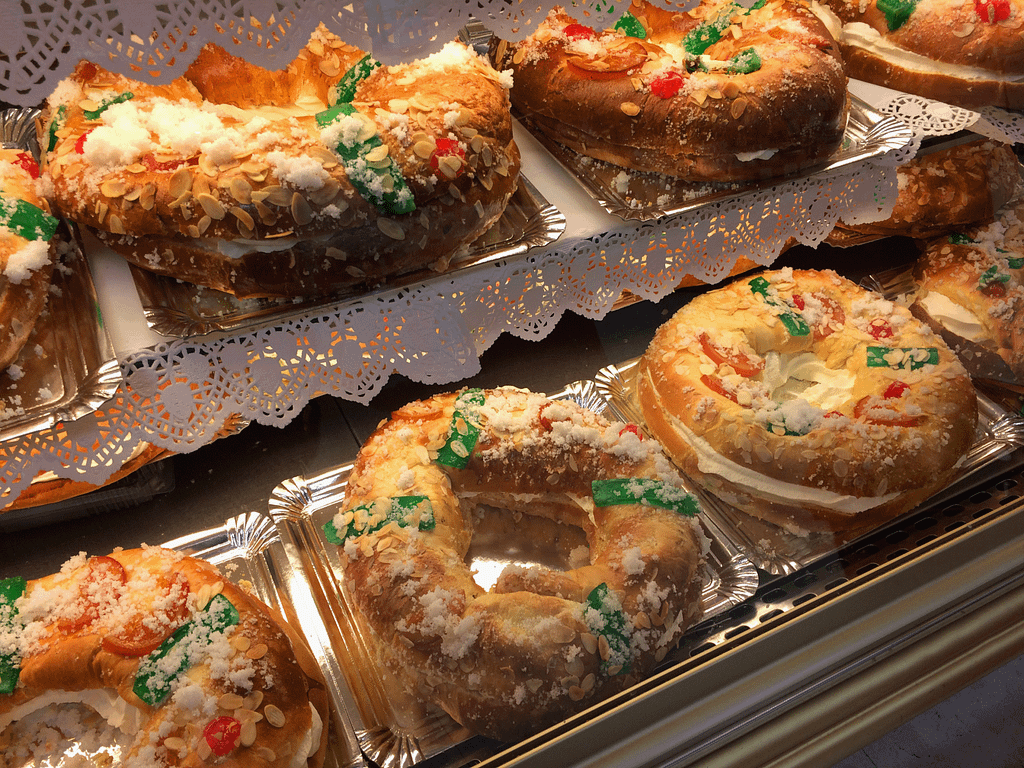
No Spanish Christmas would be complete without indulging in an array of mouthwatering traditional delicacies. Seafood, such as king prawns and fish, is a staple of the Christmas Eve meal, while Serrano ham and almond sweet turrón satisfy the cravings of those with a sweet tooth.
Roscón de Reyes, a cake traditionally eaten on Three Kings Day, is an integral part of the Spanish Christmas food experience. This delicious cake contains a small figurine and a bean, symbolizing good luck and a playful challenge for those who find them in their slices. The one who is lucky enough to locate the tiny figurine first will have a year of luck and prosperity. For those who found the bean, they must pay for the cake.
These traditional Christmas foods not only tantalize your taste buds, but also bring families together, creating lasting memories and bonding experiences. So, this festive season, don’t miss out on the opportunity to savor these Spanish delights and immerse yourself in the local culinary culture as you celebrate Christmas.

El Gordo: A Lottery Like No Other
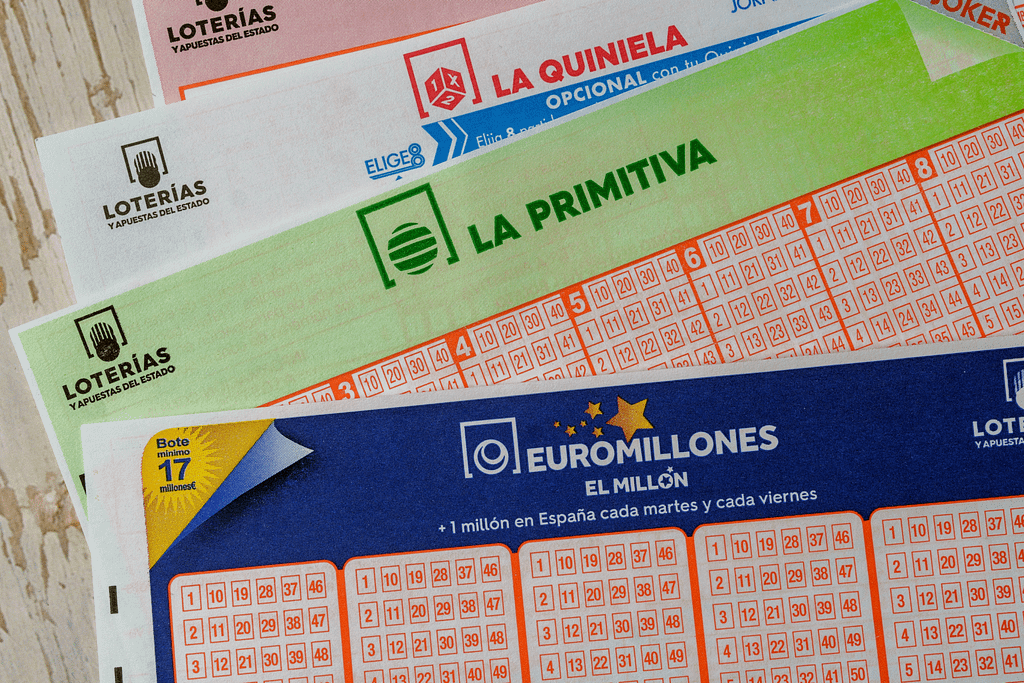
The excitement of the Spanish Christmas season reaches its peak with El Gordo, the world’s largest Spanish Christmas lottery. Held on December 22nd, El Sorteo de Navidad offers billions of euros in prizes, making it a highly anticipated event across the nation. What sets El Gordo apart from other lotteries is its widespread distribution of winnings. Although the grand prize may not be the largest, thousands of lucky people all over Spain win smaller prizes, ensuring that the festive spirit is shared by many.
The average Spanish person spends about 68 euros per year on El Gordo tickets, eagerly awaiting the chance to win their share of the massive prize pool. Adding to the charm of El Gordo is the unique tradition of school children singing the winning numbers on the morning of December 22nd. This heartwarming custom captures the essence of the Spanish Christmas spirit, uniting people in anticipation and celebration of the holiday season.
Belén: The Heart of Spanish Christmas Decorations

The Nativity scene, or Belén, holds a special place in the heart of Spanish Christmas decorations. Representing the birth of Jesus, the Belén is an integral part of Spanish homes, churches, and public spaces during the Christmas season. Belénes can range from simple home displays to elaborate living recreations featuring actors and animals, showcasing the creativity and craftsmanship of the Spanish people.
These intricate and elaborate nativity scenes will often include not only the Baby Jesus and the Three Wise Kings, but also houses, markets, farms, rivers, and various characters, creating a captivating and immersive experience for onlookers around the Christmas tree.
Whether you’re visiting a Christmas market in Barcelona or admiring the elaborate Belénes in Madrid’s shop windows, these nativity scenes offer a glimpse into the rich cultural heritage of Spain and the true meaning of Christmas.
Unique Regional Celebrations
Spain’s diverse regions boast an array of wonderful Spanish Christmas traditions that showcase the country’s rich cultural tapestry. In Catalonia, the Caga Tió tradition involves children feeding a decorated log and singing songs, asking it to “poop” out sweet treats and gifts.
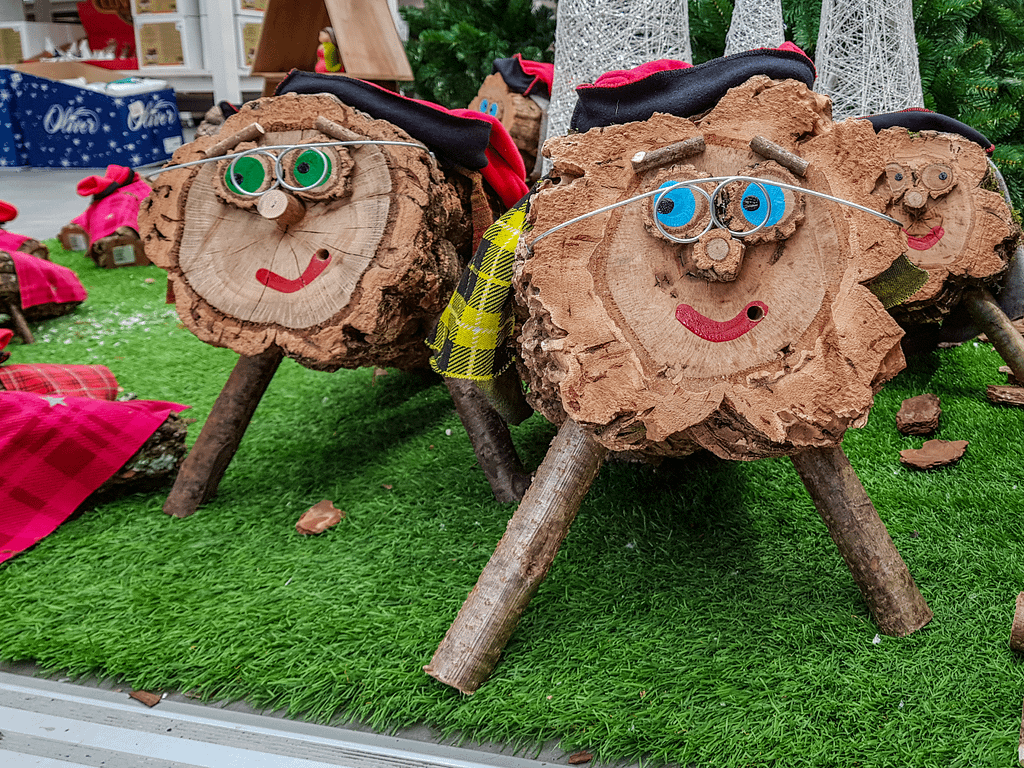
In Cádiz, the El Arrastre celebration takes place on January 5th, when children drag cans on ropes through the streets, creating a cacophony of noise to remind the Kings to leave gifts that night. This lively tradition stems from a story about scaring away a mythical giant who tries to prevent the Kings from delivering presents by covering the sky in a cloud of smoke.
Another regional celebration is the arrival of Olentzero, the Basque Santa Claus, a giant figure who brings joy and gifts to the Basque Country. These unique regional festivities add an extra layer of charm and excitement to the Spanish Christmas experience.
New Year’s Eve Traditions: Grapes and Good Luck
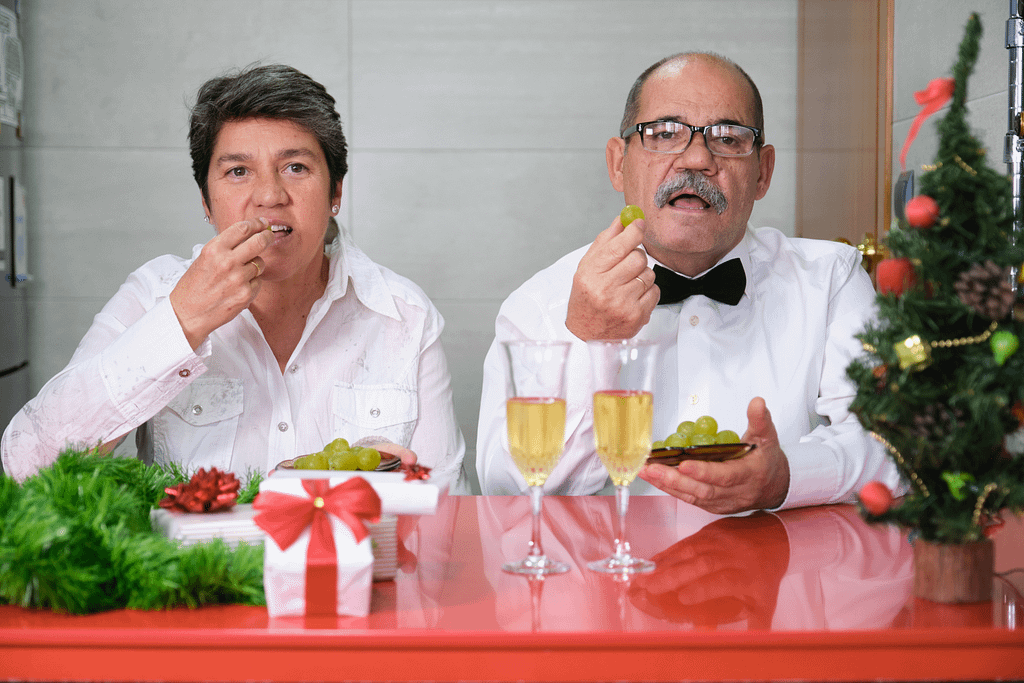
As the clock strikes midnight on New Year’s Eve, Spain embraces a unique tradition that promises good fortune for the coming year. The custom of eating 12 grapes, one for each chime of the clock, is believed to bring luck and prosperity to those who successfully complete the challenge.
This exhilarating tradition is accompanied by lively celebrations and gatherings across the country, with the most iconic countdown taking place in Madrid’s Puerta del Sol. As millions of bottles of cava are opened in unison, the Spanish people welcome the New Year with jubilation and the promise of good fortune.
Wrapping It Up
From the vibrant Christmas markets to the heartwarming nativity scenes, the thrilling El Gordo lottery, and the unique regional festivities, Spain’s Christmas celebrations offer a captivating blend of tradition and excitement. As you embark on this journey to discover the magic of Spanish Christmas, embrace the warmth and joy of the holiday season, and create memories that will last a lifetime. Feliz Navidad y próspero Ao Nuevo!
Frequently Asked Questions
What are 3 Christmas traditions in Spain?
Get ready for a festive time! In Spain, three traditional Christmas celebrations include singing villancicos, the belén nativity scene, and feasting on a delicious 12-dish meal known as the ‘twelve grapes’.
Singing villancicos is a popular tradition in Spain. Villancicos are traditional Spanish Christmas songs that are popular.
What is a traditional Spanish Christmas?
Experience the wonders of a traditional Spanish Christmas – attend La Misa Del Gallo, decorate a Belen de Navidad and feast on Nochebuena with turron, polvorones and mazapan, while sipping Cava wine!
Attend La Misa Del Gallo, a traditional Spanish Christmas mass, and experience the beauty of the season. Decorate a Belen de Navidad, a traditional Spanish nativity scene, and bring the spirit of Christmas into your home. On Nochebuena, feast on traditional Spanish treats such as turron and polvorones.
Why does Spain celebrate Christmas on January 7th?
Celebrating the arrival of the Three Kings on January 6th, Spain commemorates Christmas Day on the 7th of January – the traditional time to exchange gifts and recognize the true meaning of the holiday!
This is a special time of year for many people, as it marks the end of the holiday season and the start of a new year. It is a time to reflect on the past year and look forward to the future. It is also a time to come together with family and friends.
What are 5 facts about Christmas in Spain?
Celebrate the Christmas season in Spain with family gatherings, midnight mass on Christmas Eve, traditional parrandas caroling, decorations of festive nativities, and a scrumptious feast of seafood, ham and turrón!
Enjoy this festive holiday season with these wonderful Spanish traditions!
What are the key dates of the Spanish Christmas season?
Get ready to celebrate! The Spanish Christmas season runs from Nochebuena on December 24th to Three Kings Day on January 6th – it’s going to be a happy time!
